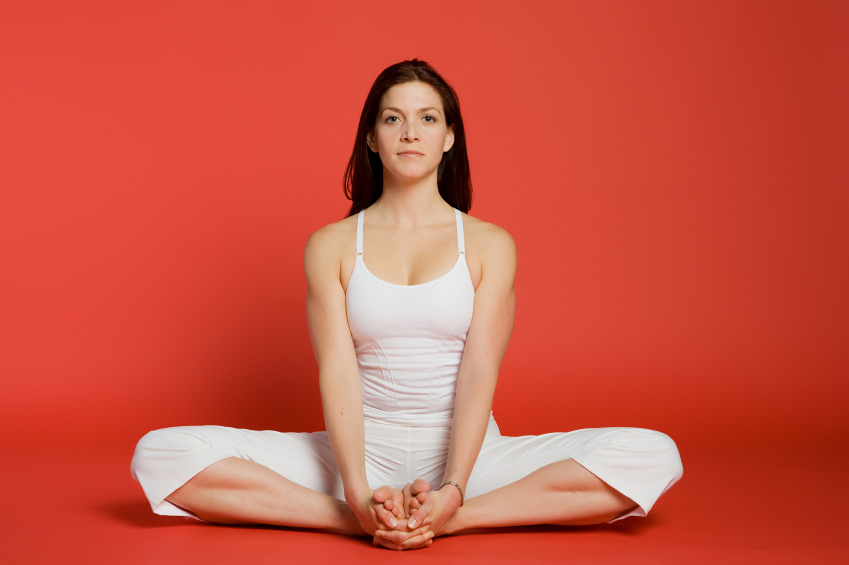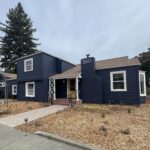Read Part 1 and Part 2 of this 4 part series.
In reconstructing the timeline for this article I discovered I wore the twister cables for 15 to 18 months. I was still wearing the cables when I entered kindergarten in the fall of 1972.
Until that time I had been relatively sheltered at home from the type of harsh teasing that can happen when one is “different” from their peers. We, as humans, seem to have a primitive instinct that informs us if someone’s legs are funny or they walk abnormally then they may be retarded.
Thus, similar to Forrest Gump climbing on the school bus for his very first day of school, I was ostracized and cruelly mocked by some older children. I tried my best not to show how much it hurt me and vowed to never make fun of someone else’s disability.
Wearing the braces at the age I did, and having to cope with difficulties like being teased by older children helped to reinforce an earlier defense strategy in my character structure known as Late Will. This terminology, as I use it here, comes from Bodynamic Analysis, a form of body-oriented psychotherapy from Denmark.
They have defined a seven phase character structure model starting from the 2nd trimester through the age of 12. Their model puts a more positive spin on character structure than previous models developed by Freud, Erikson and Lowen.
Indeed, in Bodynamic Analysis, each developmental stage represents a central issue or theme dealt with during a particular age period. In fact, each theme can also be viewed as a basic human right. They are:
- Existence (2nd trimester to 3 months) The right to exist in one’s physical environment.
- Need (1 month to 1 1/2 years) The ability to sense one’s own needs and that one’s needs can be met.
- Autonomy (8 months to 2 1/2 years) The ability to engage in independent movement and explore the world.
- Will (2 to 4 years) The ability to make choices and state one’s own power through actions and emotions (i.e. control) and still be loved.
- Love/Sexuality (3 to 6 years) The ability to create a balance between feelings of the heart (love) and the genitals (sexuality).
- Opinion (5 to 8 years) The ability to form and express one’s opinion.
- Solidarity/Performance (7 to 12 years) The ability to balance being one’s best with being a member of a group.
Bodynamic Analysis was developed by Lisbeth Marcher and a group of 10 Danish therapists who studied and worked together for 20 years. I have studied this system’s character structure model as well as their approach to working with shock/trauma.
I continue to study Resource Oriented Skill Training with Merete Holm Brantbjerg one of Bodynamic’s co-creators. I will write more about this body of work in future posts.
At some point during kindergarten the doctors deemed the braces no longer necessary and I was set free. I chuckle now to think about it, but they gave my mother instructions to stretch me.
I suppose this was to keep working to improve the external rotation in my hips. What they showed us to do I now know as Baddha Konasana or Bound Angle Pose from yoga.
Of course my Bound Angle Pose didn’t look like the one in this picture. My knees were much higher off the ground. I would sit in this position with my back against the hallway wall while my mother would push down on my knees. It hurt, and I didn’t know how to relax. I would push up with my knees as hard as my mother would push down. I’m not sure we made much progress in changing my pattern.
As you may imagine, going through all of this at such a young age created in me quite an awareness of body structure and alignment. After we stopped torturing me with stretches my leg issues faded more into the background.
The next time I can remember a significant Aha! Moment that led me down the path to become a Certified Rolfer™ was in high school.
In the 1980s I used to listen to a morning radio program called The Alex Bennett Show out of San Francisco. One morning Alex was talking about getting Rolfed. Since his show featured standup comedians as his guests, he was making fun of the funny sounding name. However, he also said some things that burned into my memory.
He said the work was literally changing the structure of his body, that he had better posture, was more flexible, and had more energy. That information got stored in my brain. . . there is something out there that changes structure. . . being able to change structure in a positive direction is a good thing.
And then, I promptly forgot about Rolfing until many years later.
Continue to Part 4 Finding My Calling
© Carole LaRochelle, 2009.




Thank you for the background and being so open about your experiences
Hi Michael,
Thank you for stopping by, reading, and leaving such a kind remark. People are always curious about how I came to be a Rolfing practitioner so thought I’d write the story down. It’s full of synchronicities! I’m curious, what brought you to my blog today?